Structural and Acoustic Analyses
- Home
- Structural and Acoustic Analyses
Structural Analyses
The purpose of the structural analyses is to identify the impacts of the mechanical loading and limit conditions on a physical structure and its components. Therefore, it uses the relevant fields of physics, mathematics, and material science. Typically, the purpose is to obtain the outputs such as deformations, tensions, speed and accelerations, forces of reaction, etc. created on the immobile bearing structures – i.e., buildings and bridges – or mobile systems – i.e., internal combustion engines and sub-components of a vehicle. Thus, achieving the desired performance of a virtually designed product, eliminating the potential damages, performing the optimizations works, and monitoring the real-time effects over the digital twin (model). The structural analyses are divided into various categories, such as static, dynamic, linear, non-linear, implicit, or explicit structural analyses. The main groups classified under these categories are static strength analyses, modal analyses, harmonic or random analyses, shock response analyses, fatigue calculations, crashing and explosion analyses, kinematic analyses, and thermal expansion analyses.
Acoustic Analyses
Typically, the acoustic analyses involve the examination of the creation, spread and comprehending of the sound waves in a compressible environment, by using numerical methods. While it is possible to fully solve them acoustically via the Helmholtz wave equation, or depending on the problem, it may require a more interactive solution incorporating the branches of physics such as the structural mechanics, fluid dynamics, or thermodynamics. For the industrial purposes, the goal is to reduce the undesired sound levels, commonly known as the noise. However, the studies (on sound levels, frequency, focusing) are also being performed to adjust the sound waves according to the desired levels in various fields such as medicine, music, and marine sciences. Generally, the examples are as follows: Pure acoustic analyses (silencer analyses, acoustic booth analyses), vibro-acoustic analyses (noise analyses for ships and automobiles), aerodynamic acoustic analyses (acoustic analyses of turbulent flows, fans, etc.).
For over 30 years, as FİGES Engineering, we have been creating solutions for our customers and for our own needs in thousands of different projects and applications dealing with the structural and acoustic analyses. Our team of senior engineers with expertise in various fields continue to offer advanced engineering solutions to several industries, including the industry of defense and maritime.
APPLICATION AREAS
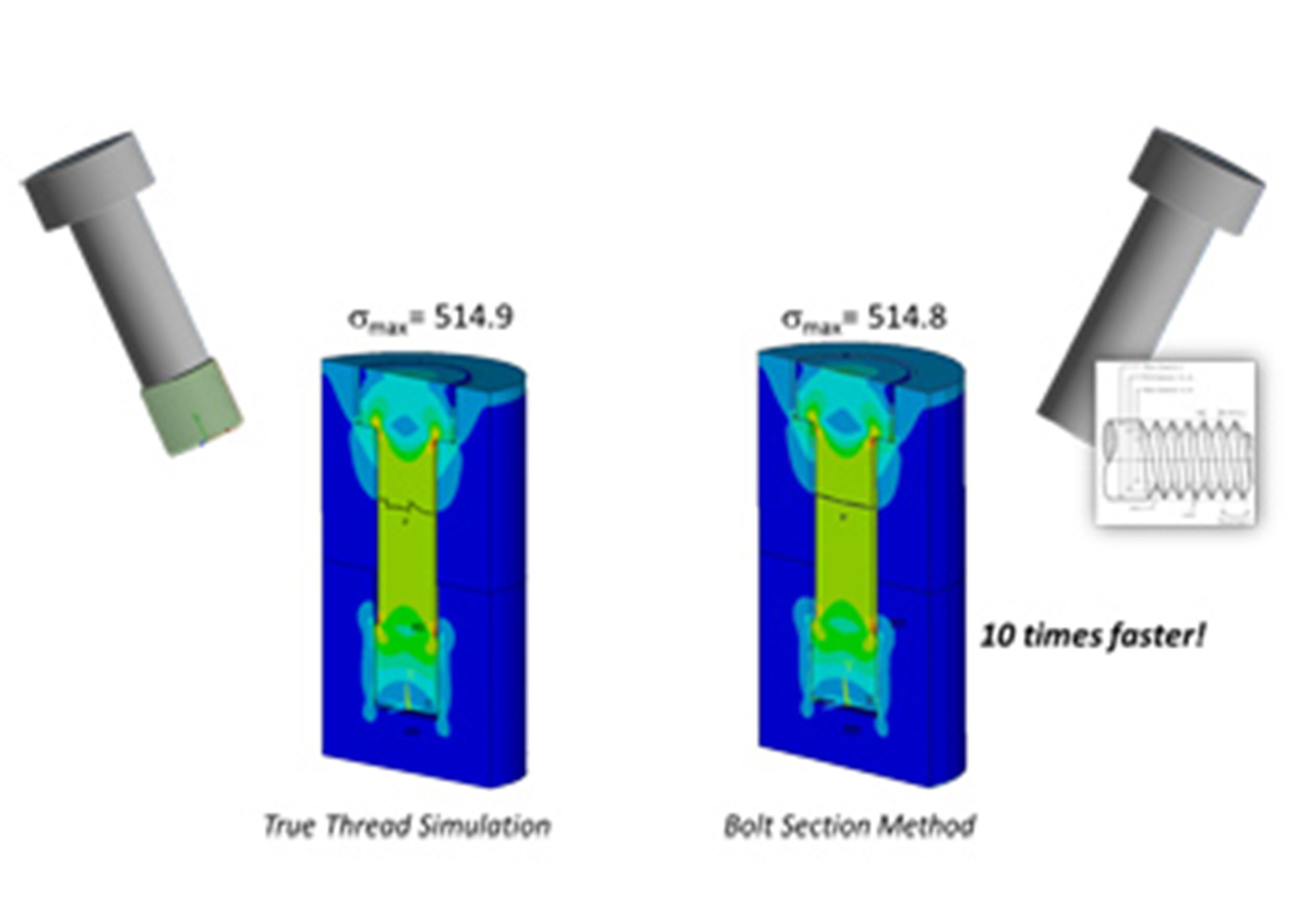
Strength Analyses
The purpose of the strength analyses is to examine the reactions of structure against the limit conditions in force (i.e., mechanical load, thermal load, screw stress, pressure, etc.) and the distributions of the stress which will emerge against the applicable loads.
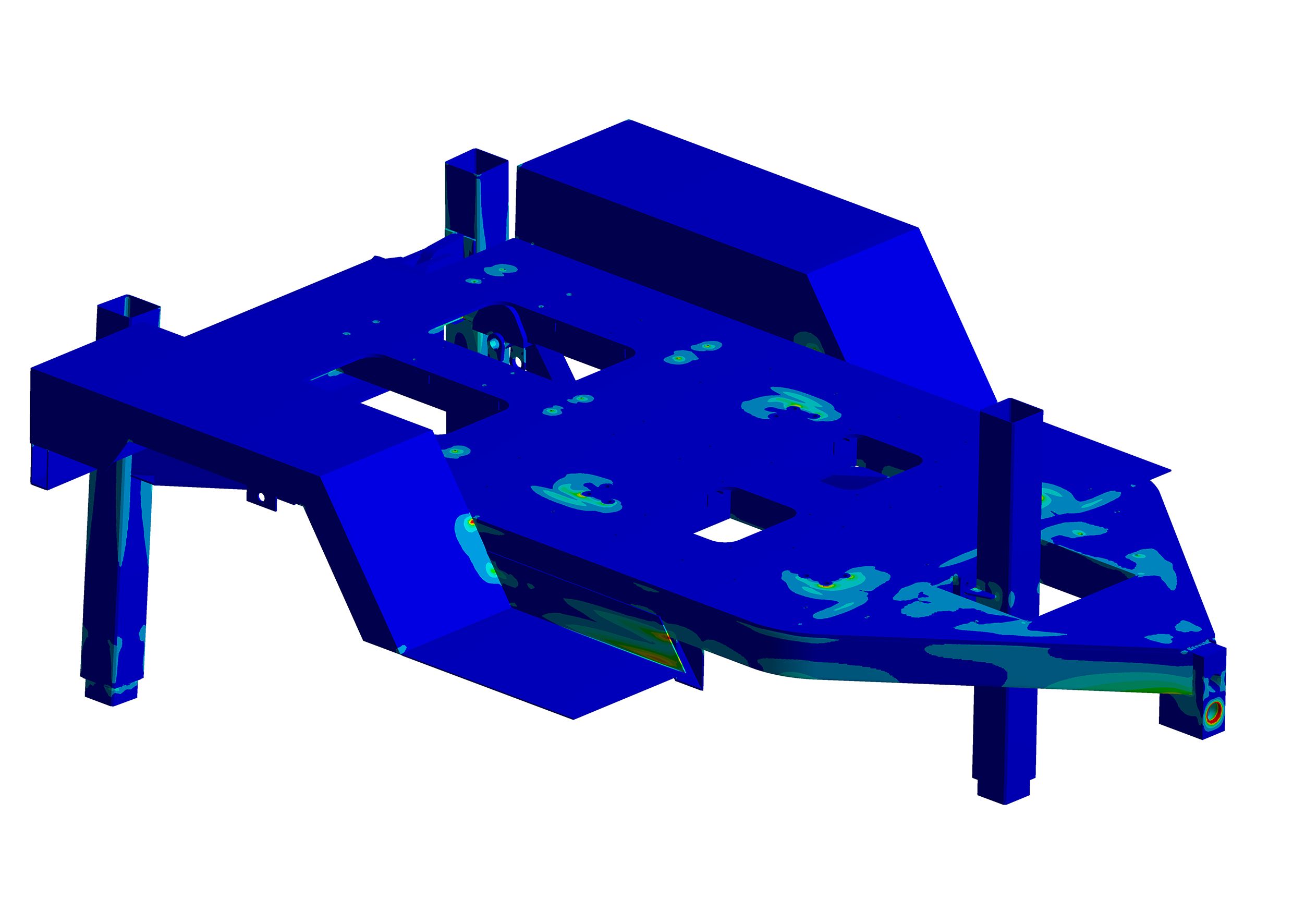
Vibration and Shock Analyses
Arising out of the vibration and creating an impact on the components, the periodical loads are one of the most crucial factors affecting the lifecycle of a structure.
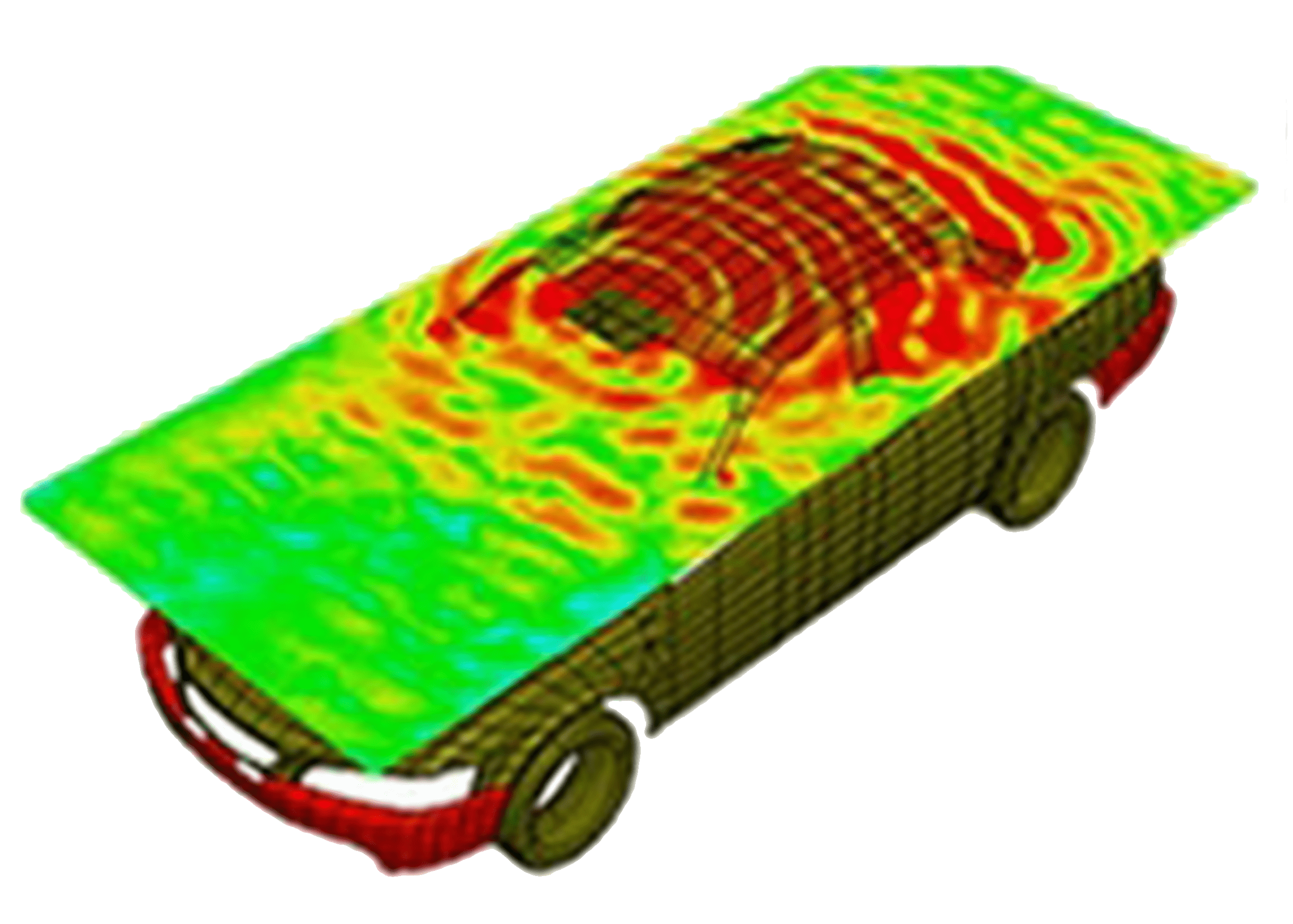
Thermal Analyses
It is the type of analysis conducted to observe the single or multiple differences on the physical parameters of a material subjected to a controlled temperature function.
It is critical to examine..
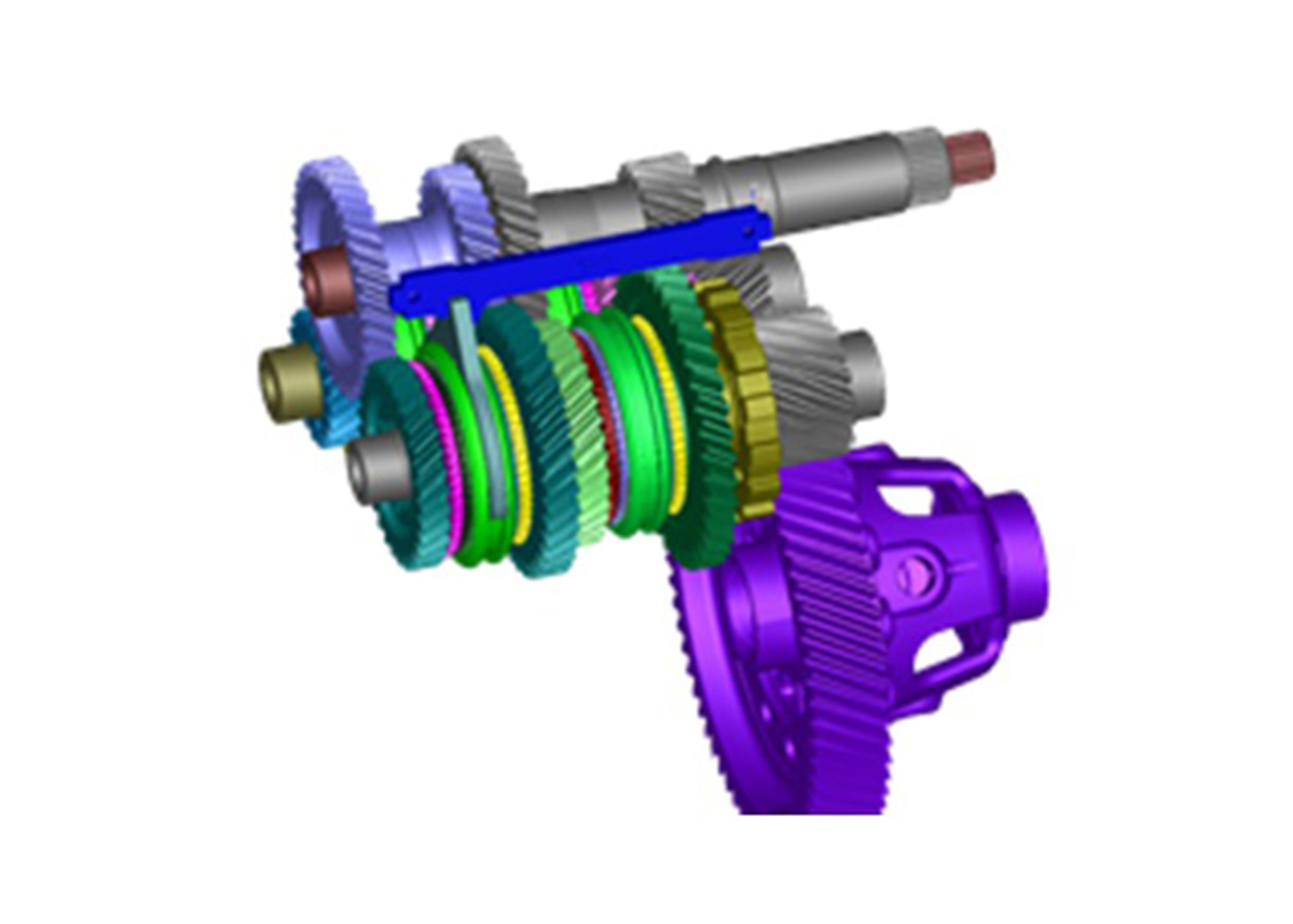
Kinematic Analyses
The purpose of the kinematic analyses is to examine the location and time parameters of the movement emerging on a structure..

Explicit Analyses
In the models with higher non-linear characteristics, where implicit methods may fall short, the responses towards the loads in force are examined via explicit analysis methods.
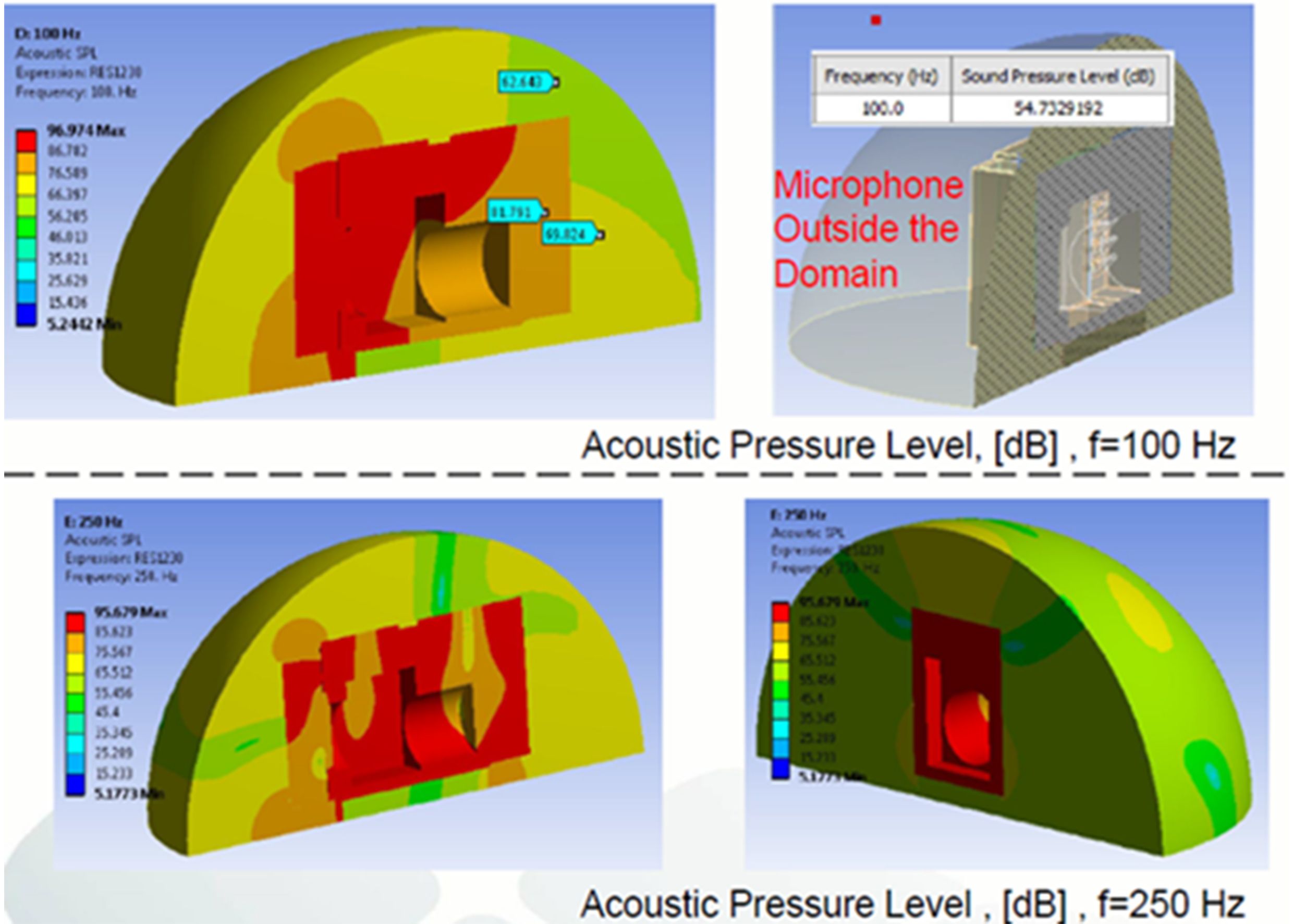
Acoustic Analyses
Our company has developed a serious experience and experience in using the numerical methods in combination with the theoretical and practical information to examine..
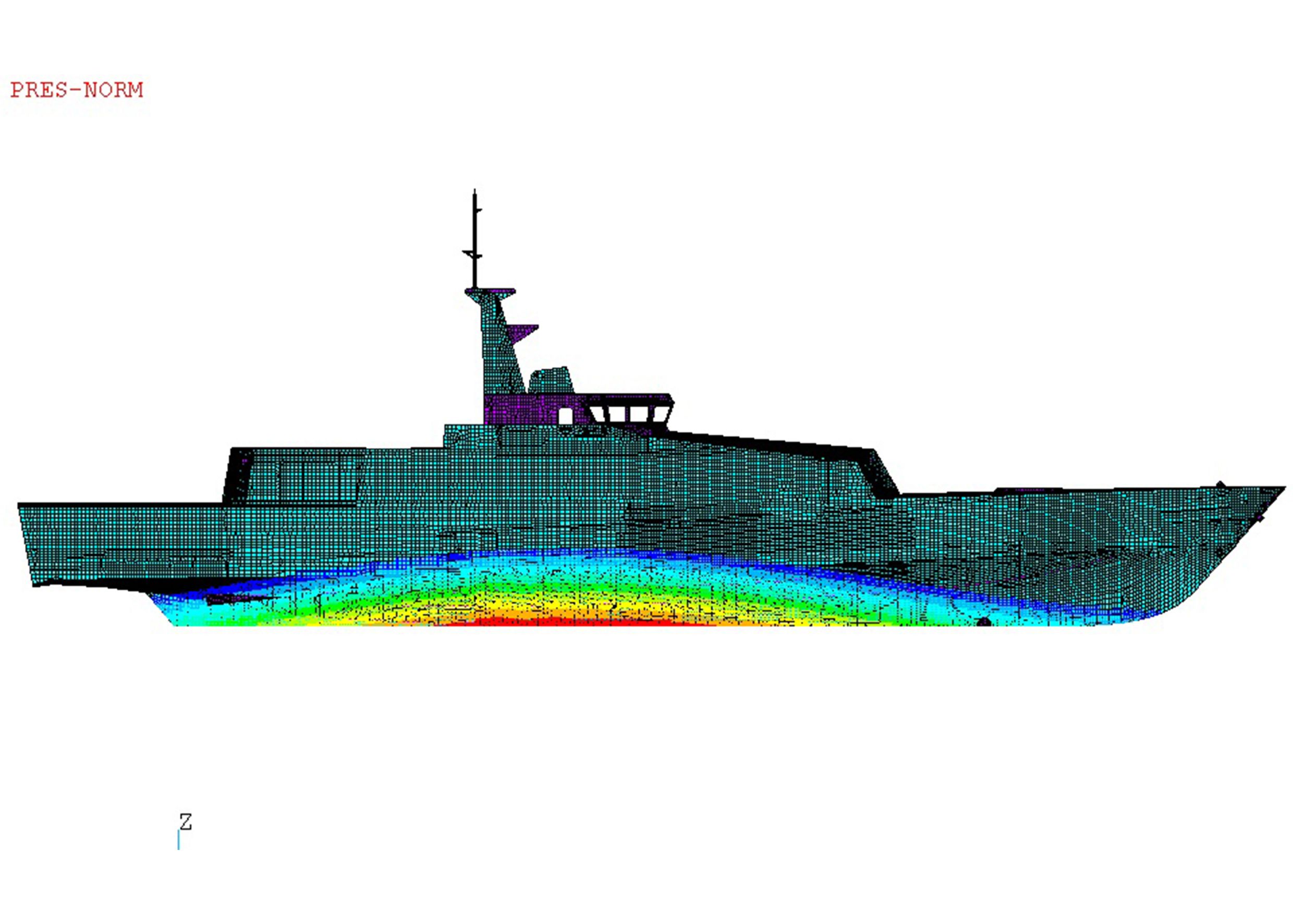
Hydrodynamic Vessel Analyses
⦁Finite Elements Model Creation Methodology for Vessels,
⦁Global and Local 3D Strength Analyses,
⦁Under water explosion analyses (Global Shock Analyses)
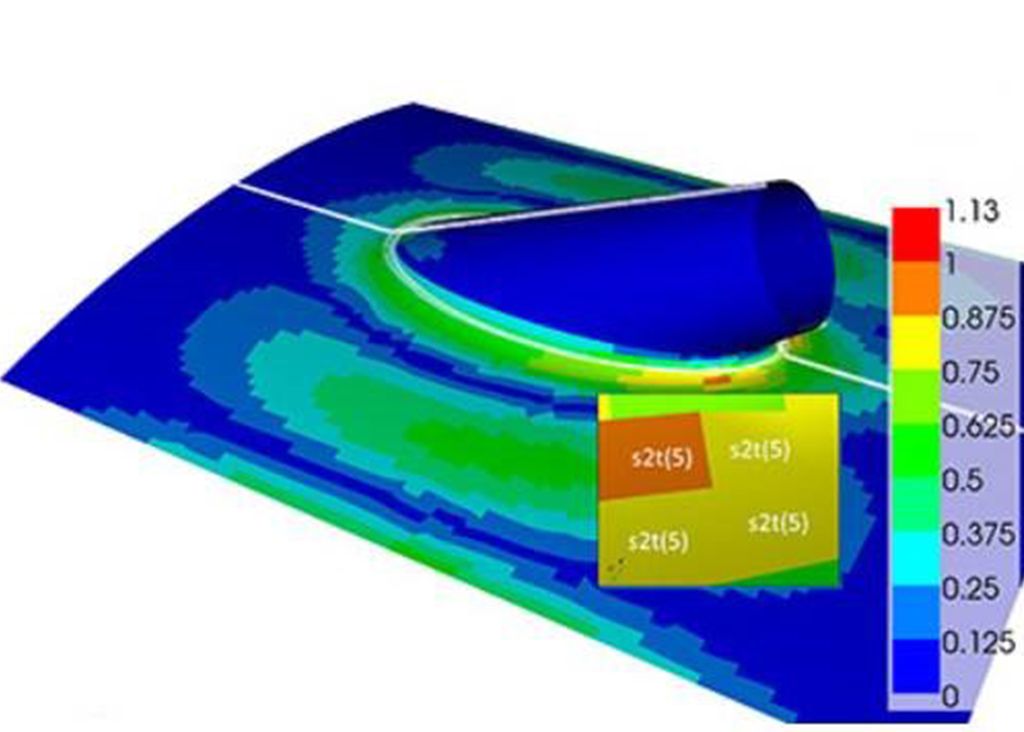
Composite Structure Analyses
To examine the strength of composite structures (i.e., carbon-fiber, fiber glass) widely used in the aerospace and automotive sectors because of their lightness and intensity, thermal, strength or dynamic analyses are performed.
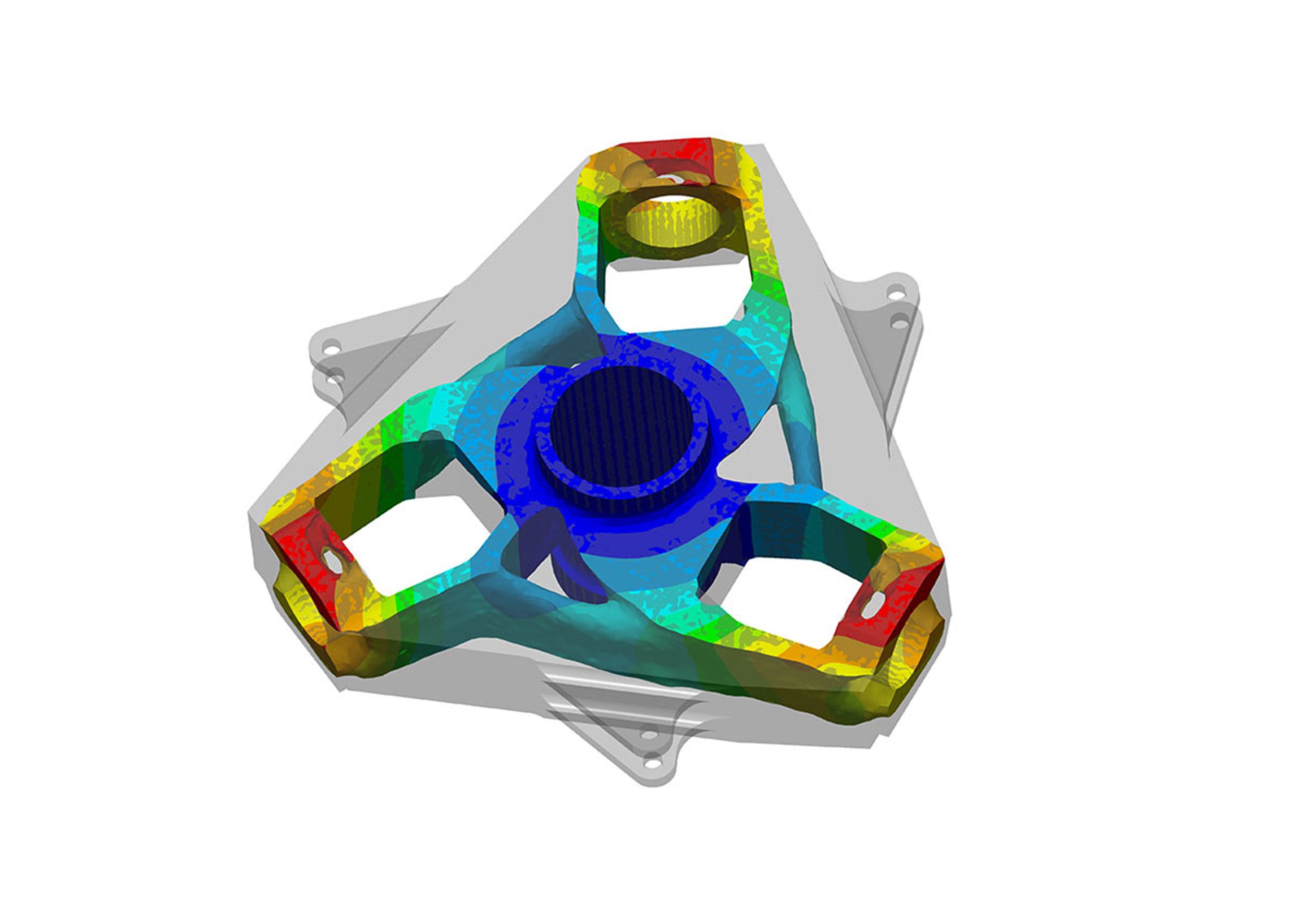
Optimization Analyses
Fundamentally, the optimization analyses are divided into two categories: parametrical and topological. The parametrical analyses are the analyses where the parameters of inputs and outputs are defined for a model, afterwards, the outputs..